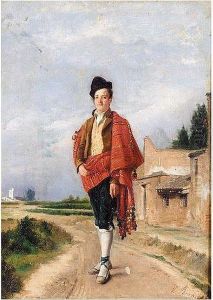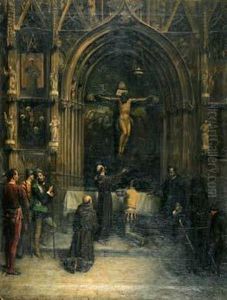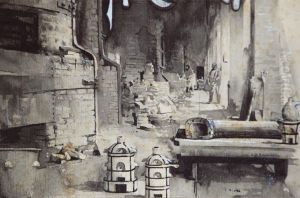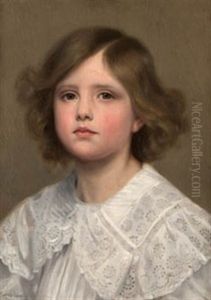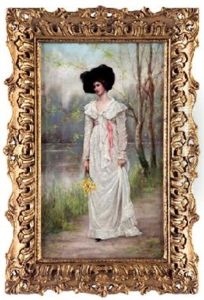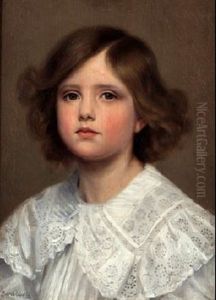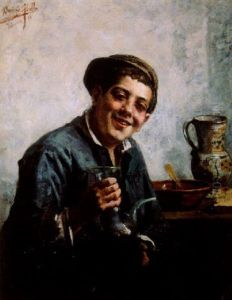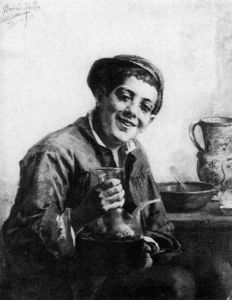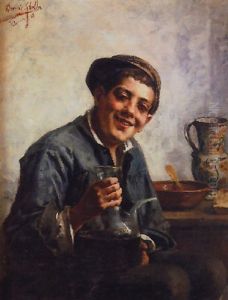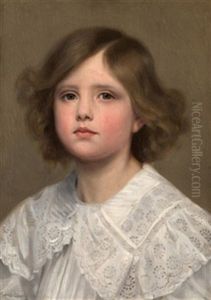Vicente Borras Y Abella Paintings
Vicente Borrás y Abella was a distinguished Spanish painter born on September 23, 1867, in Valencia, Spain. He embarked on his artistic journey at a young age, showing a keen interest in painting and the arts. Borrás y Abella received his primary education in his hometown before moving to further his art studies.
He trained at the prestigious San Carlos Royal Academy of Fine Arts in Valencia, where he was able to refine his skills and develop a unique artistic style. His education there laid the foundation for his career, providing him with the technical skills and artistic sensibilities that would characterize his work.
Throughout his career, Borrás y Abella worked in various genres, including portraiture, historical scenes, and genre paintings depicting everyday life. His style was often noted for its realism and attention to detail, which resonated with the artistic trends of the period. He was particularly admired for his ability to capture the nuances of light and shadow, giving his works a lifelike quality that was appreciated by critics and the public alike.
Borrás y Abella's talent earned him recognition beyond the academic circles of Valencia. He participated in numerous national and international exhibitions, receiving accolades for his contributions to Spanish art. His works are part of several museum collections and have been exhibited in prestigious venues, showcasing the cultural heritage of Spain.
Despite the popularity of his work during his lifetime, Borrás y Abella's legacy is not as widely known today outside of Spanish art circles. However, his contributions to the art world during his period were significant, and he remains a respected figure among those familiar with 19th and early 20th-century Spanish painting.
Vicente Borrás y Abella passed away in 1945, leaving behind a body of work that continues to be studied and admired by art historians and enthusiasts. His paintings are a testament to the artistic movements of his time and provide insight into the cultural and social milieu of Spain during the late 19th and early 20th centuries.
